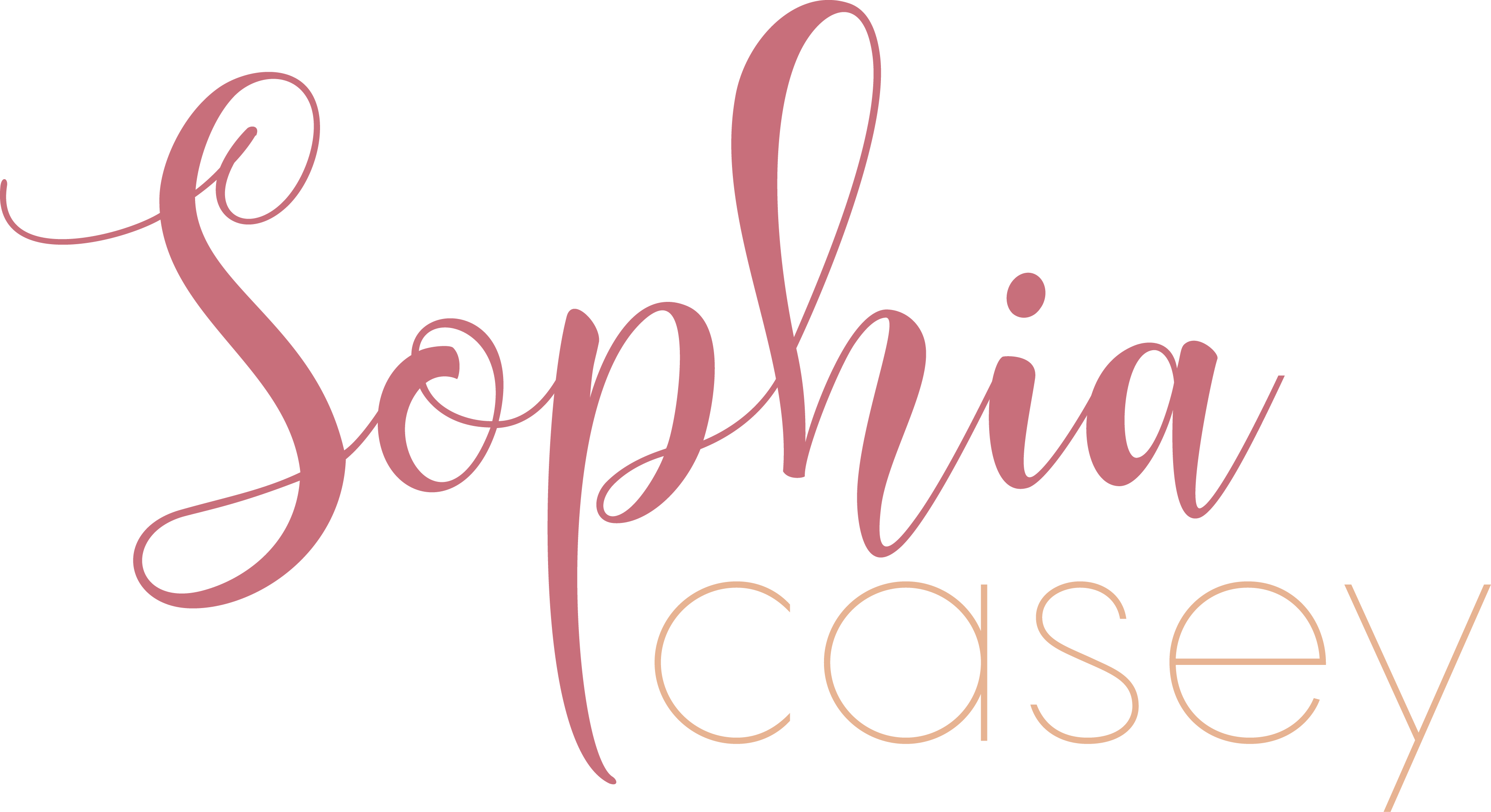Hello, Powerful Person!
It’s not always that managers don’t know how to coach, it’s that conversations with employees often turn into project task updates instead of furthering their growth and development.
This is not unusual. I see it all the time when I’m called into organizations to coach. Yet it can be avoided by a simple tweak of setting the framework for a coaching conversation. In spite of good intentions, managers don’t use a checklist to remind them how to set up a coaching dialogue.
The Extraordinary Coach authors Zenger and Stinnett, suggest three simple steps that work well for initiating a developmental dialogue.
- Identify the behavior or issue to discuss. “I’d like to talk about [the issue]…”
- Determine the purpose or outcomes of the conversation. “By the end of this conversation, I would like to accomplish…” “What else would you like to make sure that we address?”
- Agree on the process for the conversation. “Here’s how I thought we could proceed…” “How does that sound?”
Ahhh ease and flow.

This sounds almost too simple to bother with, but without it, employees aren’t clear about what the issues are and how they can use them to grow and develop. Whether the manager or the person being coached initiates the conversation and brings up the topic isn’t as important as setting up the conversation and clarifying what’s going to be discussed, what outcomes are intended, and how the conversation will proceed.
These three steps will save you from needing to have the same conversation twice. Using a checklist will stop your conversations from being task updates or from derailing into details. You will start to talk about what really matters and support your team with growing and developing their thinking skills.
In your work, do you use any checklists or other reminders that call forth your leadership? I’d love to hear from you. Drop me an email or connect with me on LinkedIn.
Here’s to growing your team’s leadership, ownership, and accountability with ease and flow.
Be well.
Sophia


Recent Comments